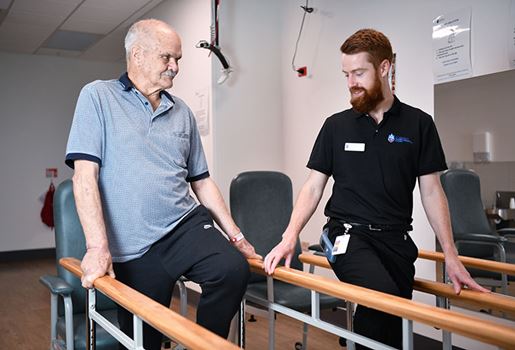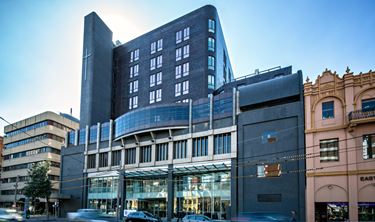Hip Bursitis Surgery
- Home
- Services
- Orthopaedics
- Hip Orthopaedics
- Other Hip Surgeries and Procedures
- Hip Bursitis Surgery
How do you know if you have hip bursitis?
Hip bursitis is a painful condition caused by an inflammation of the bursa. This small fluid-filled sac acts as a cushion between the bone and the soft tissue and helps to aid movement and reduce friction. If the outer lining becomes irritated, the bursa can release excess fluid causing it to swell and become painful. Bursitis infrequently requires surgery as symptoms are usually alleviated through non-surgical treatment such as rest, physiotherapy injections and pain relief.
The most common form of bursitis is located at the greater trochanter – the bursa that covers the edge of the hip bone. This condition can often appear without obvious cause, but sometimes occurs after total hip replacement surgery, injury or repetitive activity such as running. If the hip bursa remains painful after all other treatments, your doctor may recommend an X-ray or MRI to determine if the bursa should be drained or removed altogether using arthroscopic surgery.
General recovery times
Avoiding activities that aggravate the bursa is the best way to experience significant pain relief. Simple lifestyle changes, rest and physiotherapy are usually all that is required to recover from bursitis. However, if your doctor recommends surgery, the bursa can be removed using a simple arthroscopic procedure and your hip can function completely normally without it. You are likely to be able to return home the same day using crutches. If a larger procedure is needed to repair any of the surrounding tendons, you may need to stay in hospital and the recovery will take a little longer.
A physiotherapist will provide a personalised recovery program as well as crutches to help you get around in the first few days. Ordinarily, patients return to full activities within six weeks of bursitis surgery. In more complicated cases of tendon repair, the recovery could take up to six months.
Preparation
Preparation for hip bursitis surgery begins with a thorough diagnosis, typically confirmed through imaging tests such as X-rays or MRIs, to ensure the inflammation of the bursa is the root cause of discomfort. Prior to the surgery, you might be guided on certain physical restrictions, potential dietary adjustments and medication management. Additionally, you'll be informed about post-surgery expectations, including potential mobility aids like crutches and the importance of a tailored physiotherapy program for optimal recovery.

Hip replacement approaches
Other hip surgeries

How much will my hip surgery cost?
Understanding the cost of your treatment is an important consideration before committing to surgery, but it’s not always easy to find the information you need. Learn more about the factors which contribute to the cost of your surgery:
What will my treatment and recovery look like?
Familiarising yourself with your treatment program and understanding the recovery process are important steps to take on the pathway to surgery.

Find a hospital with orthopaedic services
Our Hospitals



